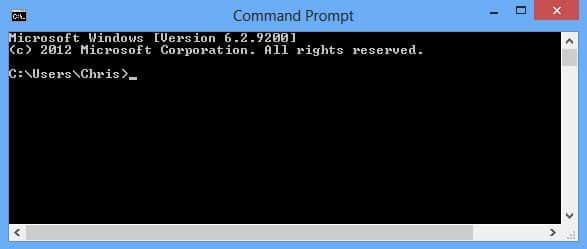If you're ditching Google Photos, Piwigo is an impressive open source solution with self-hosting capabilities. Google Photos is one of the most popular options for backing up your photos and videos.
| Join the channel Telegram belong to AnonyViet 👉 Link 👈 |
This is almost the default choice for Android phones, it provides a seamless experience when managing photos/videos with Google Photos.
But, what if you want to switch from Google Photos to something more open source and privacy-friendly? The answer is Piwigo. Or you can also transfer all your photos from Google Photos to another service here.
Piwigo: Open source photo library that you can host yourself

Piwigo is an open source solution to help you manage photos and videos. You can choose to host and control the data yourself or opt for cloud storage (data is stored in France, with backups).
The company originates from France. Not only for individuals, Piwigo is also designed specifically for organizations and teams.
If you're worried about privacy policies when uploading with Google Photos or similar services, Piwigo can be a great alternative. Piwigo offers a wide range of features and granular controls for managing your photos.
Features of Piwigo

While this is a viable alternative to mainstream services, it offers enhanced capabilities for individuals and organizations.
Some features of Piwigo include:
- For dedicated subdomain with cloud hosting (*.piwigo.com)
- Batch download capability
- Create albums
- Select photos to assign to an existing album collection
- Share photos using links
- Manage access with public and private modes
- Ability to group users to manage your albums or photos (effective for organizations/groups)
- Basic analytics to track your usage and memory used
- Support adding tags to albums/photos
- Supports Dark mode
- Ability to edit photo metadata
- Filter to quickly find photos/albums
- Supports JPG/JPEG, PNG and GIF files (for personal plans)
- Support for all file types (business plans only)
- Unlimited storage for individual users
- Custom domain support (even for cloud hosting options)
- Plugins to extend functionality
- Theme support
- Mobile support (Android and iOS)
In addition to the features mentioned above, you also get additional options to improve user management and overall user experience with Piwigo.

I tested Piwigo for a quick overview using the personal cloud storage option (with a 30-day trial). So I will share a little experience with you.
Use Piwigo to manage photos
When you sign up for an account, you must specify your custom subdomain.
For example, I have a test account on ankushsoul.piwigo.com.

Anyone can access their publicly shared photos/albums by entering the URL above into their browser.
So, it is better to name the subdomain as unique as possible. In both cases, you can also restrict albums/photos to logged in users (or to yourself), where no one else can access your photos even if they know your subdomain.

You can visit its dashboard to check your memory usage and overall activity.
There are two plugins enabled, one for internal functionality and another to fight spammers by default.

You will find many plugins to enhance batch management, enable admin messages, enable album comments, add deadlines on your albums, limit downloads, and access some cool features. taste.
It would be good if you took some time to look through the available selection of plugins to evaluate how useful they are compared to Google Photos.
Of course, you won't see this feature on any mainstream cloud photo storage service. So it's worth exploring.

As for other features, you can manage multiple users, control access, send notifications (via email), and also perform some maintenance operations.
Overall, the user experience is quite good. It may not offer the most modern user interface, but it is easy to manage.
Note: The mobile experience (on Android) may not be good, as the app available on CHPlay has not received any recent updates. However, you can find the latest version APK file on their GitHub.
Get started with Piwigo
I think Piwigo is perfect for many audiences, starting from those who want to organize photos, to users who want to collaborate/share photos for work.
If you choose to host your photos yourself, you should Document Viewer and explore the page GitHub.
You will need to maintain proper versioning and have a backup of your data, considering you manage it all on your own. If you choose the cloud storage option (as an individual), prices start at 39 Euros per year for unlimited image file uploads and are cheaper if you sign up for 3 years.

Individual plans do not mention specific storage limits (unlimited). So, it's safe to say that you won't have any problems unless you start abusing the service.
With the control you get, most users will prefer to use cloud storage and ditch services like Google Photos.









